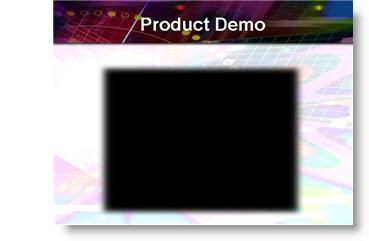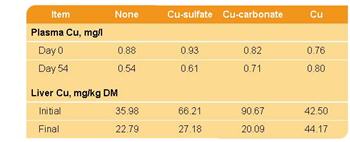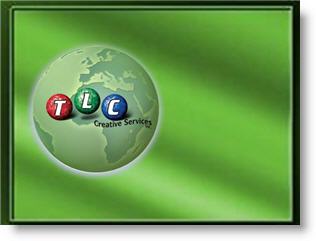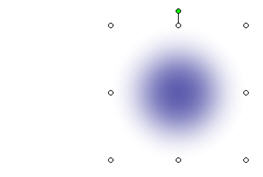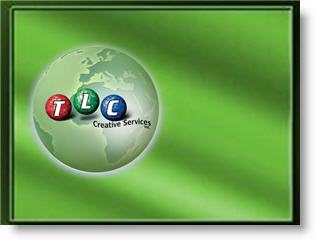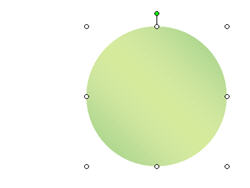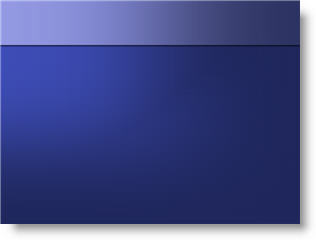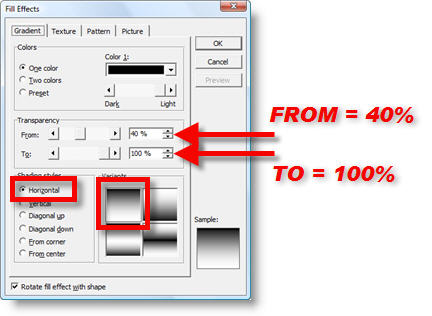How does the person reviewing a printout of the slides know which movie is to be played, or even if it is a movie? When a movie is inserted on a slide it adds an image of the first frame of the movie. Sometimes this provides enough information to identify it. Other times it is something abstract or even black.
For all of my projects I take advantage of the fact that a movie will always play on top of all other content. I create a rectangle autoshape that is the same size as the movie image and place it ON TOP of the movie. I then add descriptive text.

Now anyone reviewing the slides in PowerPoint or from a printout knows exactly what is going to happen on this slide. Another benefit of this is that is does hide that first frame image of the movie that PowerPoint created – we’ve all seen the awkward image of the person with their mouth open – eyes closed – and out of focus, it’s a good thing to hide it!

Again, the movie is UNDER the autoshape, but during show mode it will “pop” to the front and hide the autoshape.
– Troy @ TLC

